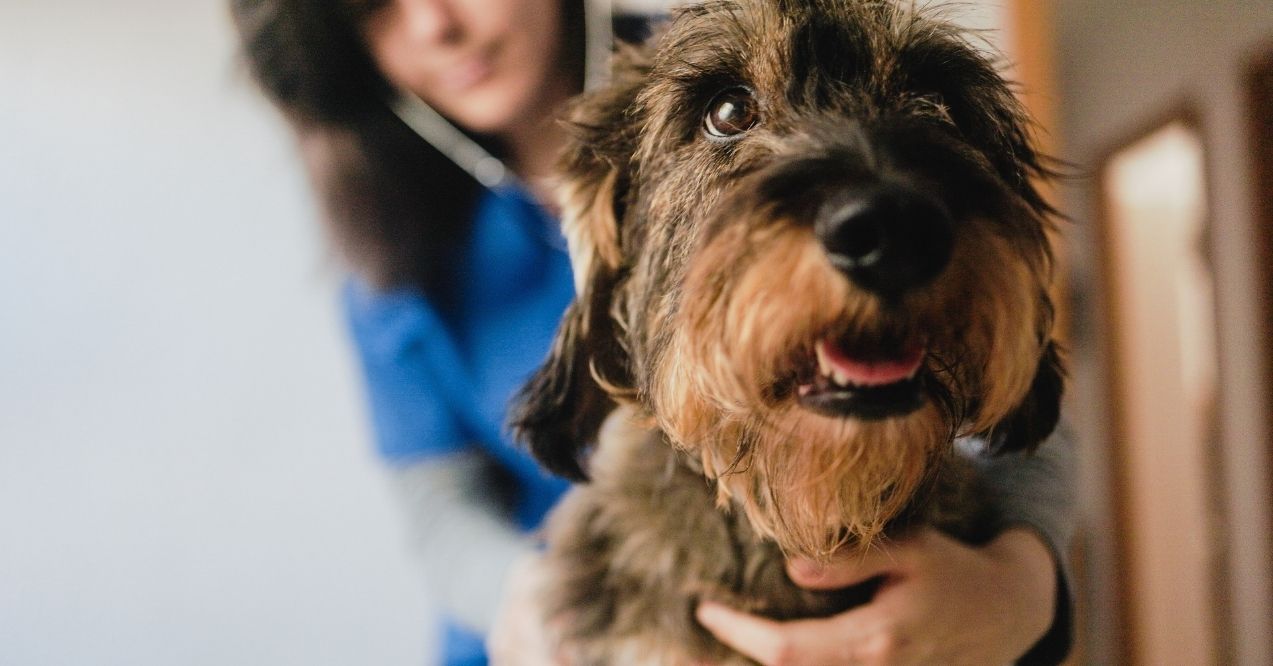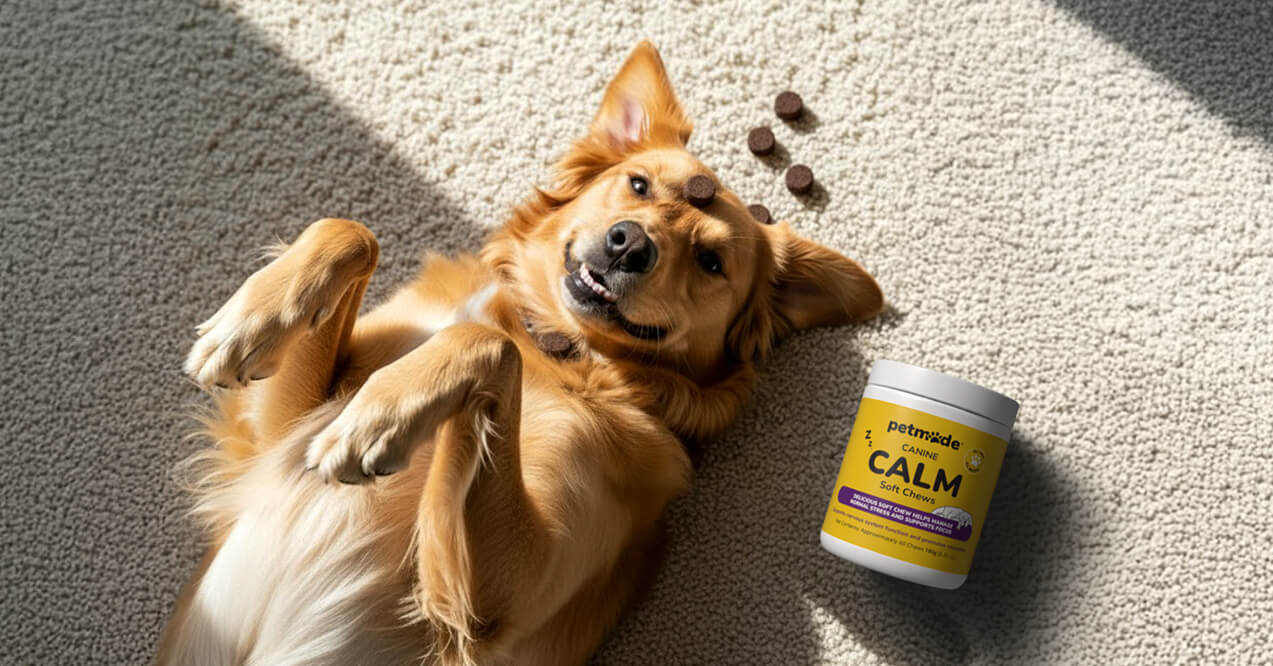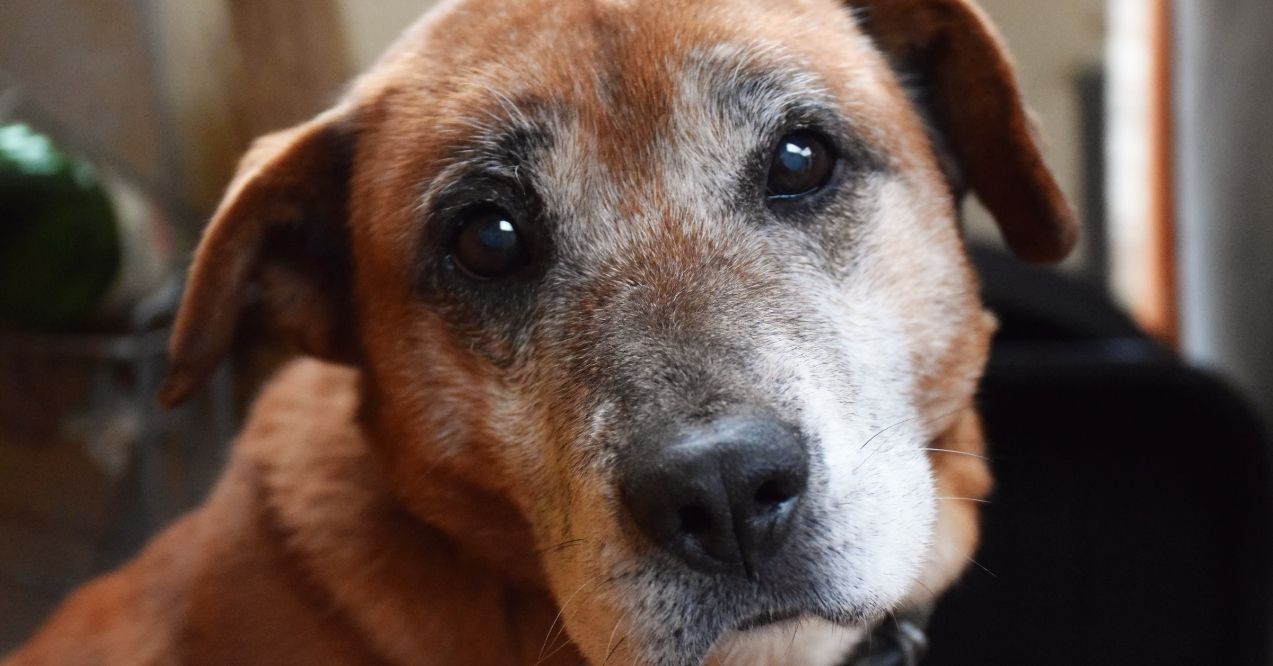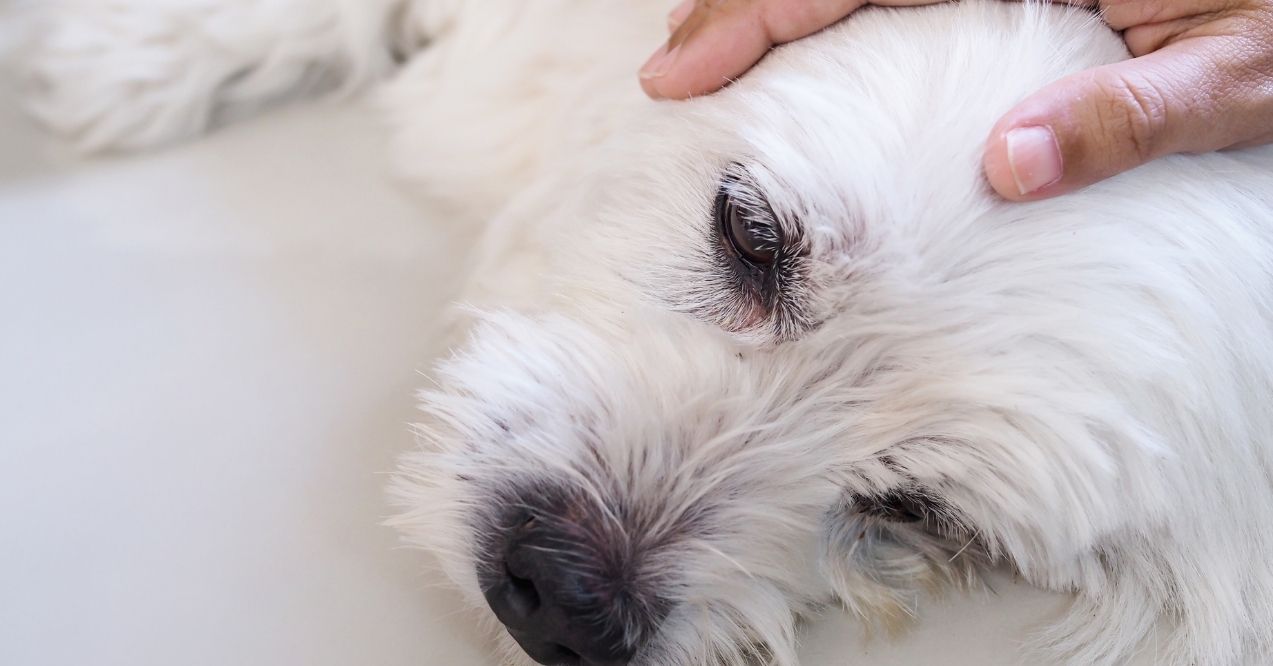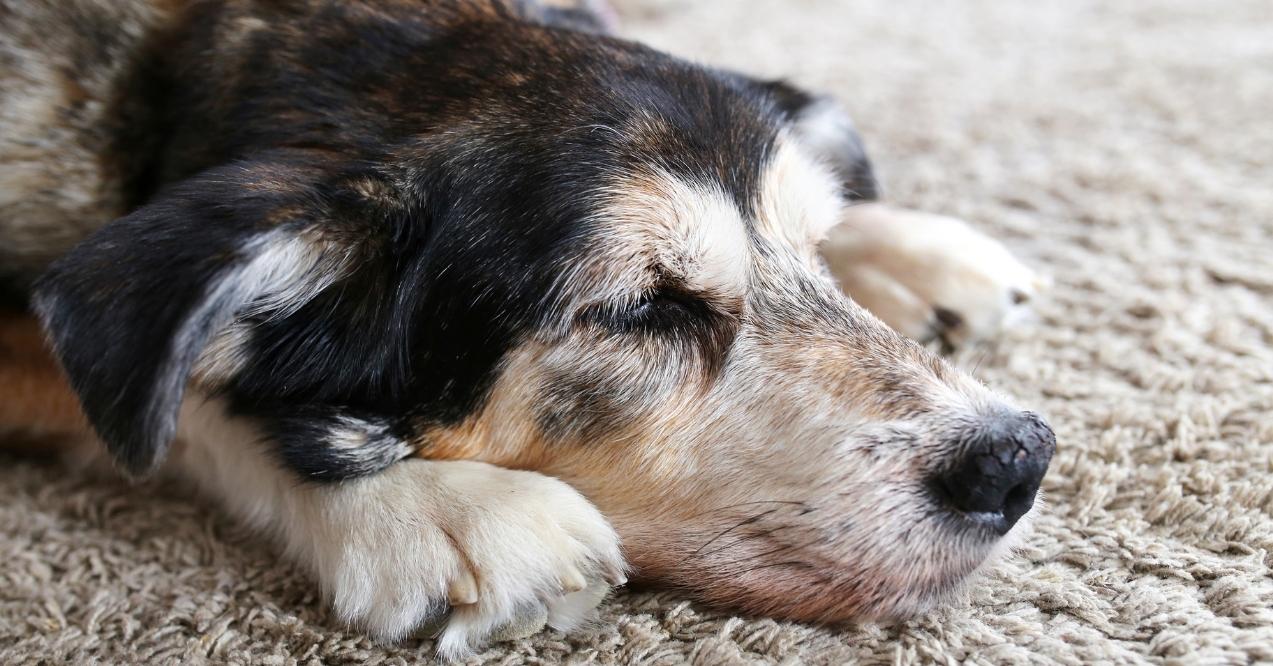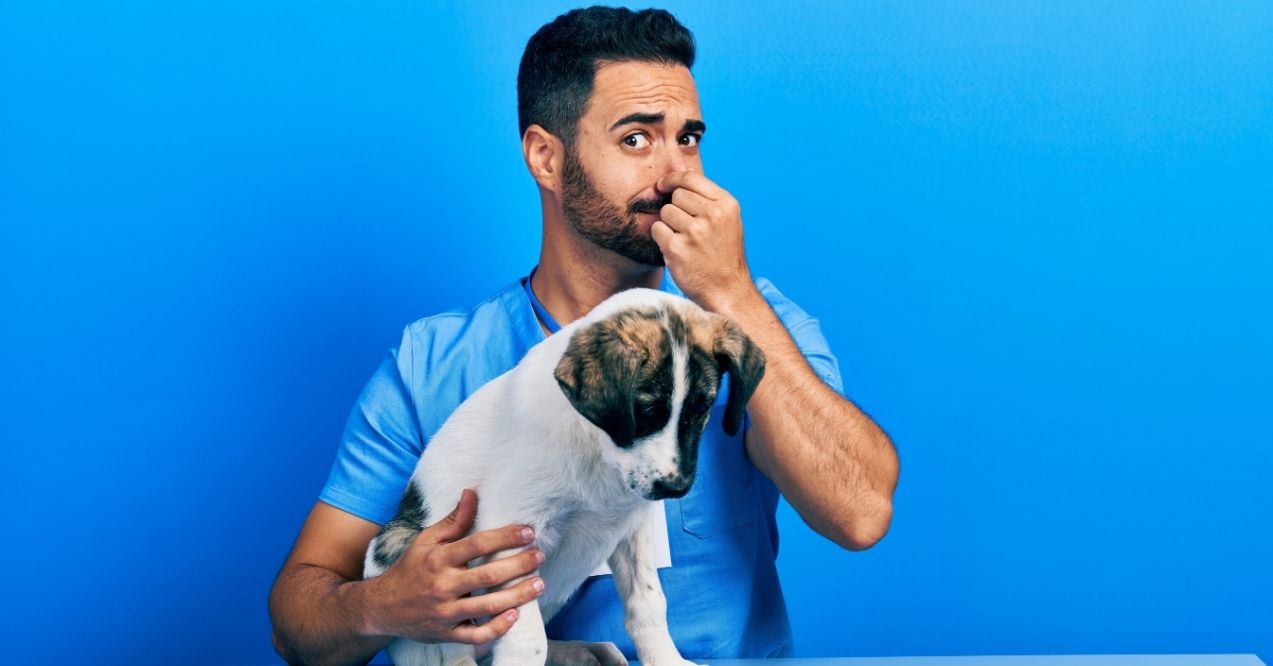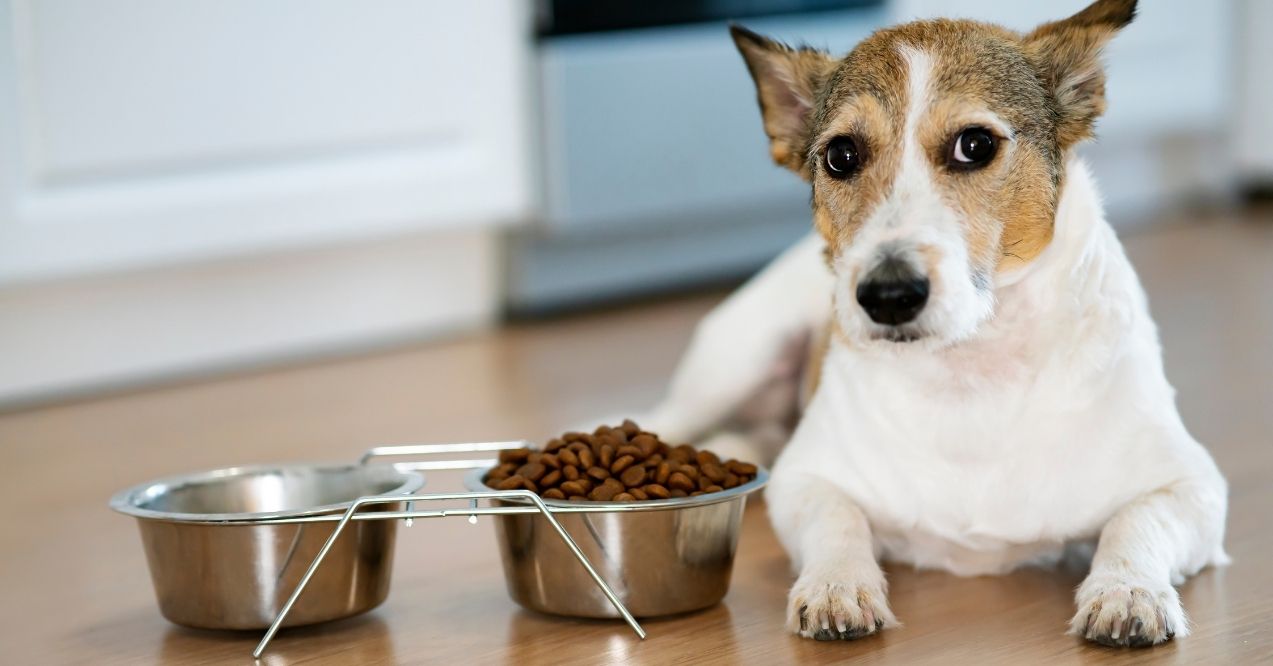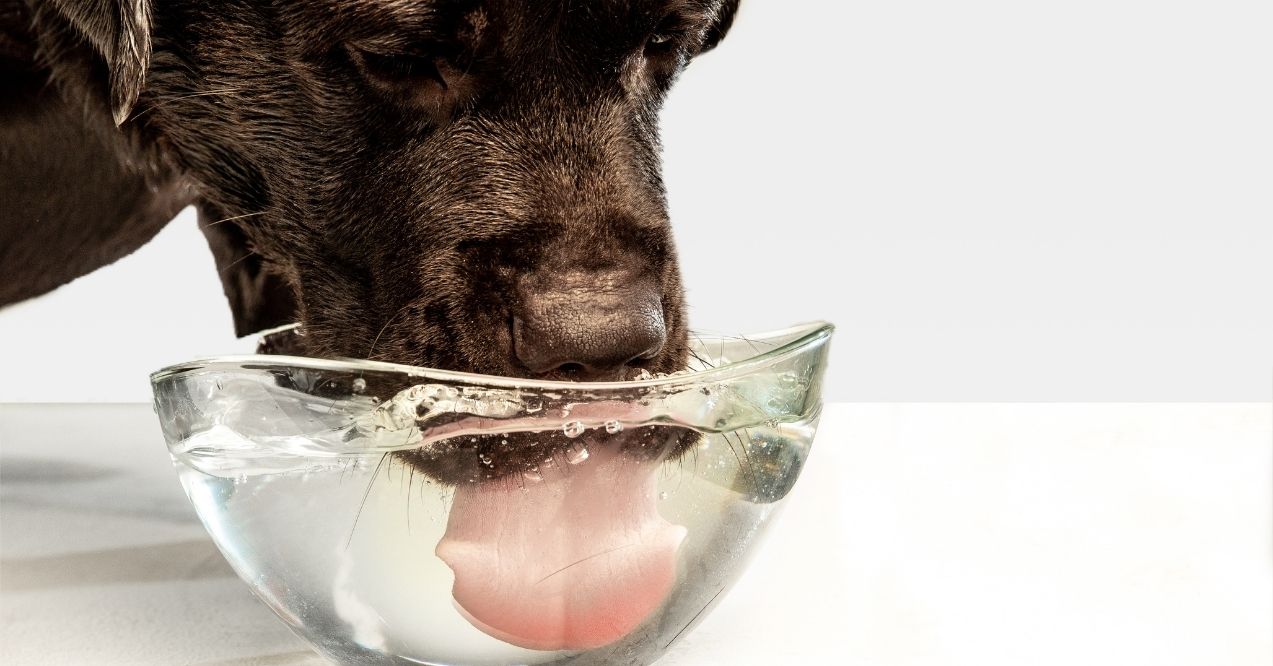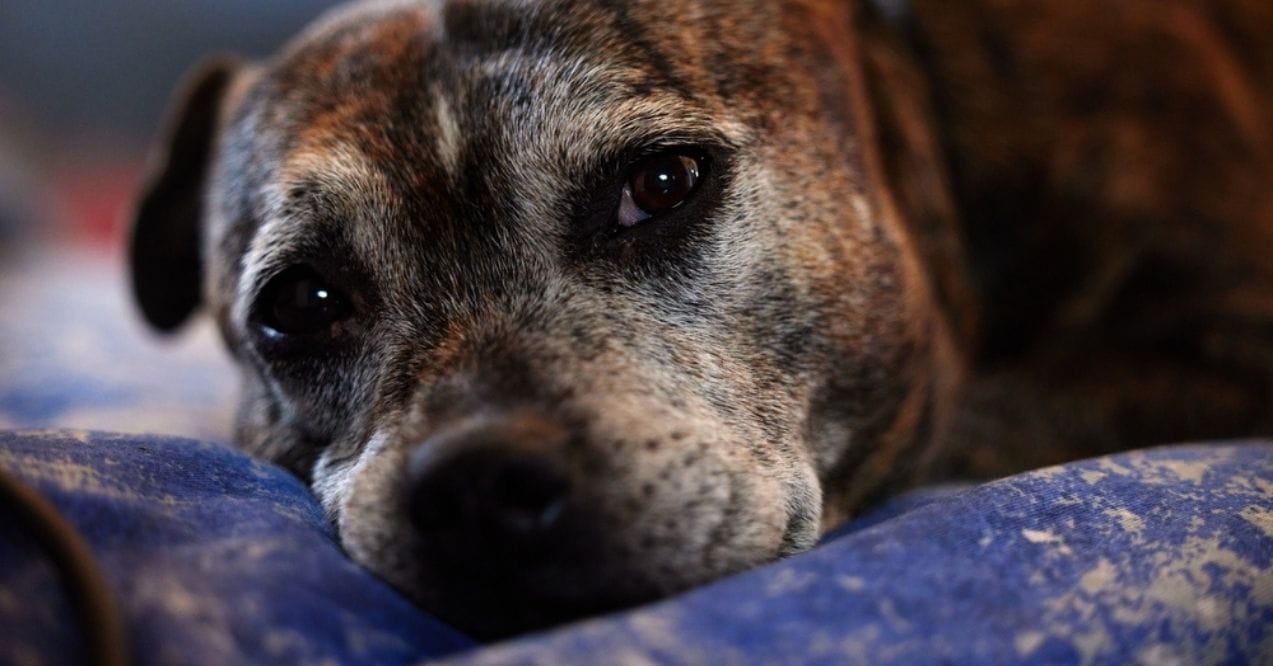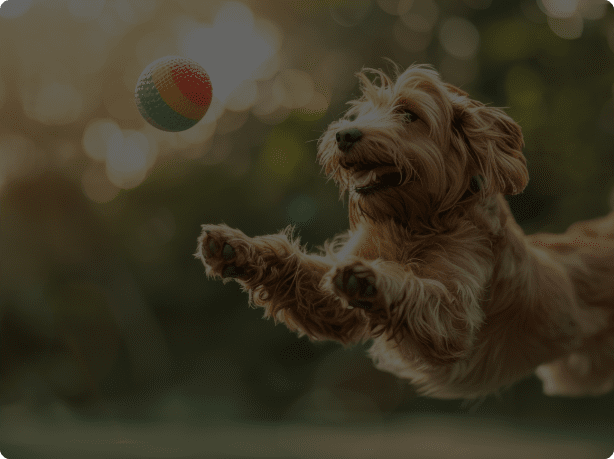How to Care for a Senior Dog
There’s something truly special about sharing your life with a senior dog. Those gray muzzles and wise eyes tell stories of years filled with loyalty and love. As our furry friends enter their golden years, how to care for a senior dog becomes a question many pet parents ask.
The joy of having an older companion brings unique considerations that differ from caring for younger pups. With thoughtful adjustments to their diet, exercise routine, home environment, and emotional support, you can help your aging friend enjoy these special years with comfort and dignity.
What Does It Mean to Care for a Senior Dog?
Caring for senior dogs means spotting subtle changes in their behavior and habits. Your once-playful pup might now prefer naps to fetch games. This isn’t cause for concern – it’s a natural part of aging.
Common changes in senior dogs:
- Decreased energy levels
- Stiffening joints during movement
- Vision or hearing changes
- More sensitive digestion
- Possible age-related conditions
Quality of life becomes the focus of proper senior dog care. Older dogs thrive with:
- Gentler daily activities
- More frequent bathroom breaks
- Adjusted feeding schedules
- Comfortable resting areas
Early detection matters most during this life stage. Small changes in appetite, mobility or behavior might signal issues that respond well to prompt attention. With thoughtful caring for an elderly dog, these golden years often become uniquely rewarding for both of you.
When does a dog become a senior?
- Large breeds: 7-10 years
- Small breeds: 10-12 years
- Mixed breeds: Around 7-8 years
Diet and Nutrition for Senior Dogs
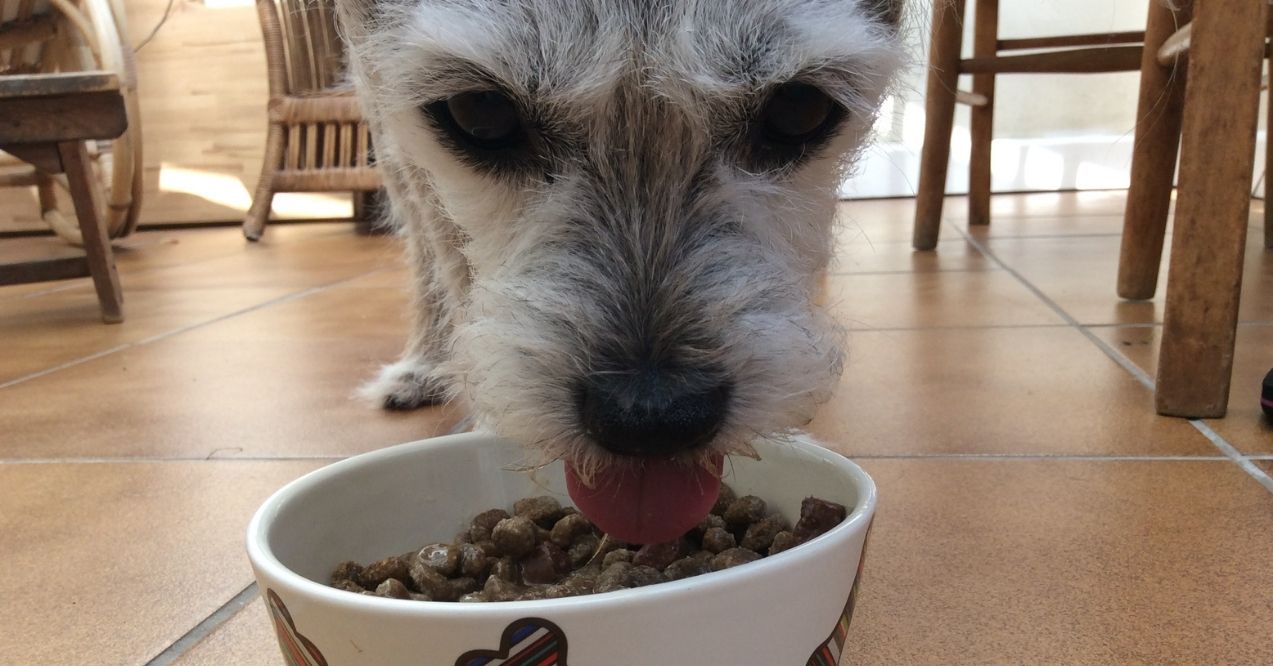
Your senior companion’s nutritional needs evolve as they age. Their metabolism slows down, potentially requiring fewer calories while still needing quality protein to maintain muscle mass. Joint support becomes vital, and digestive efficiency may decrease, so knowing what to feed old dogs becomes especially important for their overall health and comfort.
Choosing the Right Food
Look for senior-specific foods that contain quality protein sources listed as the first ingredients. Beneficial additions include glucosamine and chondroitin for joint health, omega-3 fatty acids to modify inflammatory responses, and fiber for digestive health. Some senior dogs benefit from softer foods if dental issues make crunching difficult.
Consider breaking meals into smaller, more frequent portions to aid digestion. This approach can help maintain energy levels throughout the day and may reduce the risk of digestive upset. Some foods specifically formulated for senior dog care also contain antioxidants that may support cognitive function.
Monitoring Weight and Adjusting Portions
Weight management becomes crucial as mobility decreases with age. Extra pounds can strain already sensitive joints and worsen conditions like arthritis. Regularly check your dog’s body condition by feeling their ribs—you should be able to feel them with light pressure but not see them.
If your senior pup starts gaining weight, gradually reduce portions rather than making sudden changes. For dogs losing weight despite normal eating, a vet check is important as this could indicate underlying issues. Weight loss in older dogs might be concerning and requires proper attention.
Keeping Your Senior Dog Active
While your gray-muzzled friend may not bound after balls with puppy-like enthusiasm anymore, movement remains essential for caring for an elderly dog. Exercise helps maintain muscle tone, supports joint function, and contributes to overall well-being—it just needs thoughtful modification.
The goal shifts from high-energy play to consistent, gentle activity that maintains mobility without causing pain or exhaustion. Tailor activities to your dog’s abilities, watching for signs they’ve had enough. For dogs with joint issues, learning how to strengthen old dogs’ hind legs might be particularly helpful.
Safe Exercise Practices
Aim for shorter, more frequent walks rather than one long excursion. This approach helps prevent overexertion while still providing mental stimulation and physical activity. Swimming offers fantastic low-impact exercise if your dog enjoys water—the buoyancy reduces pressure on joints while allowing them to build strength.
Consider terrain carefully—opt for grassy areas over concrete when possible, and avoid steep hills that might stress joints. Gentle games like hide-and-seek with treats or rolling a ball short distances can maintain activity levels without high-impact movements.
Signs Your Senior Dog Needs Rest
Pay attention to subtle cues that your dog needs a break. Lagging behind on walks, panting more than usual, or reluctance to continue playing likely means it’s time to rest. Some dogs might lie down mid-walk or show stiffness after activity.
Create a comfortable rest area with orthopedic bedding away from household traffic. After exercise, watch for signs of discomfort like excessive licking of joints or difficulty settling. Pushing through fatigue can lead to injury, so respect your dog’s pace even when it means cutting activities short.
Mental and Emotional Well-Being
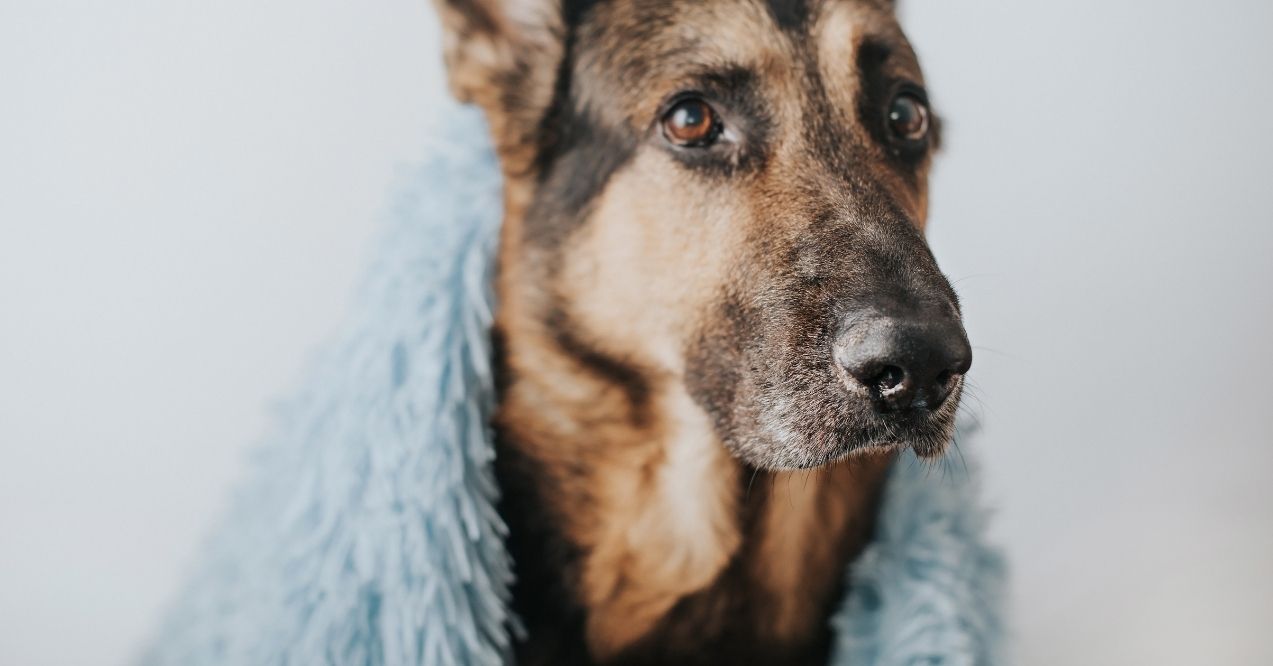
Just as their bodies change with age, senior dogs often experience shifts in behavior and emotional needs. Cognitive function can decline, sometimes leading to confusion or anxiety. Providing mental stimulation and emotional support becomes a key aspect of how to care for a senior dog.
Preventing Cognitive Decline
Keep your senior dog’s mind active with gentle puzzle toys that dispense treats when solved. Introduce new scents on walks, allowing them to explore with their nose even when physical activity is limited. Teaching simple new tricks using positive reinforcement can also stimulate neural pathways.
Food-dispensing toys that require problem-solving encourage mental activity while providing entertainment. Even five minutes of focused training daily can help maintain mental sharpness. Some dogs enjoy “find it” games where you hide treats around the house at their level for them to discover.
Addressing Behavioral Changes
Many senior dogs develop new anxieties or behaviors like increased vocalization, sleep disruption, or confusion. Maintain consistent daily routines to provide security and reduce stress. Some older dogs seek more affection while others may need quiet time alone—respect their changing preferences.
If your once-social dog becomes irritable around other pets or children, create a peaceful retreat space where they can rest undisturbed. Night lights can help dogs with vision changes navigate in darkness. For separation anxiety, leaving an item with your scent nearby may provide comfort during your absence.
Home Modifications for Elderly Dogs
Your home environment plays a crucial role in supporting your aging companion’s changing needs. Simple adjustments can prevent injuries while helping your dog maintain independence—a key aspect of proper caring for senior dogs.
Senior Dog-Friendly Home
Elevate food and water bowls to reduce neck strain during meals. Wide, stable bowls prevent tipping and provide easier access. For dogs with failing eyesight, maintain consistent furniture arrangements and avoid rearranging rooms frequently.
Add night lights in hallways and near water bowls to help dogs with vision changes navigate after dark. Keep pathways clear of clutter to prevent trips and falls. Consider pet steps or sturdy ramps for accessing furniture or cars. Heated beds or pads set on low settings may provide significant comfort for dogs with arthritis, especially during colder months.
Elevate food and water bowls to reduce neck strain during meals. Wide, stable bowls prevent tipping and provide easier access. For dogs with failing eyesight, maintain consistent furniture arrangements and avoid rearranging rooms frequently.
Vet Visits and Health Monitoring
Regular veterinary care becomes increasingly important as part of how to care for a senior dog. Most vets recommend twice-yearly checkups for seniors to catch potential issues early. These visits typically include bloodwork to monitor organ function and detect changes before they become serious problems.
Between appointments, be vigilant about subtle changes in your dog’s behavior or habits. Increased thirst, changes in appetite, new lumps or bumps, or shifts in energy levels warrant veterinary attention. If you notice your dog drinking more than usual, it’s worth looking up why your senior dog is drinking so much water as this could signal various health concerns.
Conclusion
Senior dog care transforms from training an energetic puppy into nurturing a wise, loyal companion through their golden years. With thoughtful adjustments to their diet, gentle exercise routines, mental stimulation, and home environment, you can help your aging friend maintain comfort and dignity.
Absolutely! While they may prefer gentler activities, many senior dogs continue enjoying modified play and exercise tailored to their energy and mobility levels.
Most veterinarians recommend twice-yearly checkups for senior dogs to monitor health changes and catch potential issues early.
Maintain consistent routines, provide comfortable resting areas, use calming aids if needed, and ensure they have quiet spaces away from household chaos.
Advertisement. This site offers health, wellness, fitness and nutritional information and is designed for educational purposes only. You should not rely on this information as a substitute for, nor does it replace, professional medical advice, diagnosis, or treatment. If you have any concerns or questions about your health, you should always consult with a physician or other health-care professional. Do not disregard, avoid or delay obtaining medical or health related advice from your health-care professional because of something you may have read on this site. The use of any information provided on this site is solely at your own risk.
